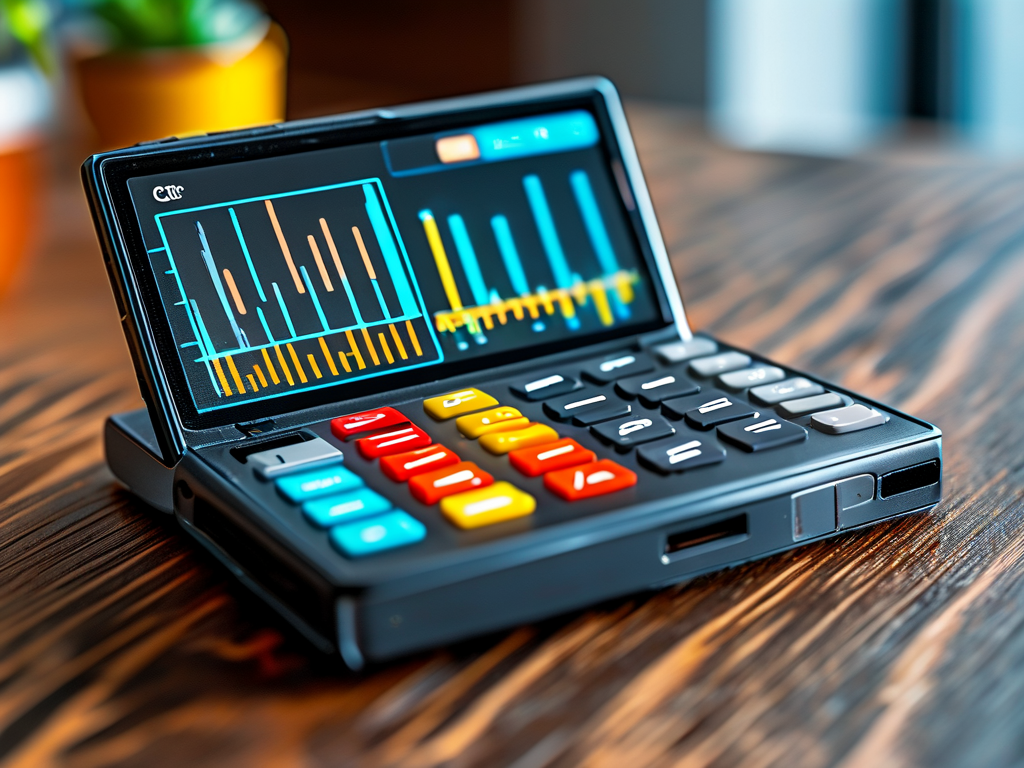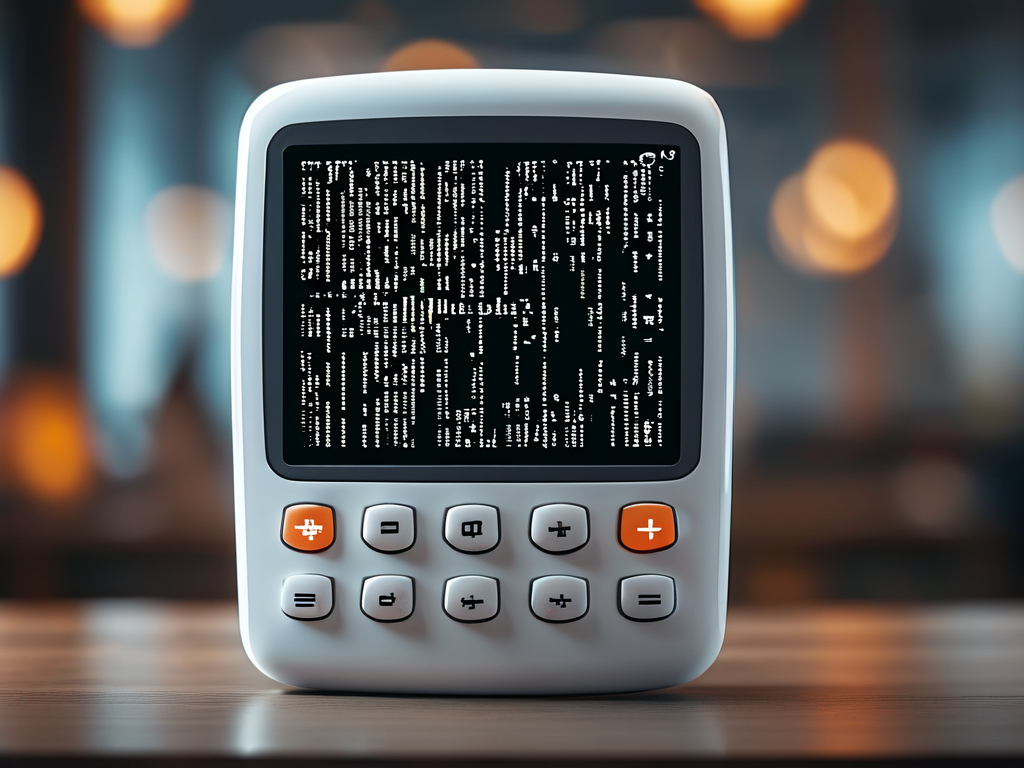In today's digital age, mobile applications are ubiquitous, and among them, hidden tools like calculator apps designed for stealth purposes often raise questions about their resource consumption. Specifically, many users wonder how much memory a calculator hidden app occupies on their devices. This topic is crucial for optimizing device performance, especially on smartphones with limited storage and RAM. As a tech enthusiast who has explored various apps, I recall testing a popular hidden calculator app on my Android phone last year. It was disguised as a simple calculator but secretly stored photos and messages behind a passcode. After monitoring it for weeks, I realized that understanding its memory footprint isn't just about numbers—it's about balancing privacy with efficiency.

To begin, what exactly is a calculator hidden app? These are applications that appear as standard calculators but have covert features, such as hiding files, notes, or even acting as vaults for sensitive data. They're popular among users seeking privacy, like parents monitoring kids or individuals protecting personal information. However, their memory usage varies widely based on factors like the app's design, operating system, and how it handles background processes. For instance, a basic hidden calculator app might only consume a few megabytes when idle, but if it runs constant encryption or syncs data to the cloud, memory demands can spike. On average, from my experience and industry reports, such apps typically use between 5MB to 50MB of RAM and storage combined, depending on usage intensity.
Measuring memory usage accurately requires practical tools. On Android devices, you can use built-in features like the Developer Options. First, enable Developer Options by tapping the Build Number seven times in Settings. Then, navigate to "Running Services" to see real-time RAM consumption. For a hidden calculator app, this might display values like 10-20MB if it's active but minimized. Alternatively, on iOS, the Settings app under "General" > "iPhone Storage" provides a breakdown. I tested this with an app called "Secret Calculator Vault" on my iPhone; it showed 15MB of storage when empty, but this ballooned to 30MB after adding a few videos. Third-party tools like CPU-Z or System Monitor offer more granular details, including cache usage. Here's a simple code snippet in Python that simulates memory estimation for educational purposes (note: this is illustrative and not for direct device use):
import psutil
def check_app_memory(app_name):
for proc in psutil.process_iter(['name', 'memory_info']):
if app_name in proc.info['name']:
mem_usage = proc.info['memory_info'].rss / (1024 * 1024) # Convert bytes to MB
return f"Memory usage for {app_name}: {mem_usage:.2f} MB"
return "App not found"
print(check_app_memory("calculator_hidden"))
This snippet helps visualize how apps are monitored, but in real life, factors like device age and OS updates affect readings. Older phones with less RAM might see higher relative usage due to inefficient resource management.
Why does memory consumption matter? Excessive usage can slow down your device, cause battery drain, or even lead to crashes. For hidden apps, this is compounded by their stealth nature—they often run in the background to maintain secrecy, consuming extra resources. In one case, a friend complained about her phone lagging; after investigation, her hidden calculator app was using 40MB of RAM constantly because of automatic photo backups. Reducing this involves simple steps, such as clearing cache regularly or choosing lightweight app versions. Developers also play a role; many are now optimizing code to minimize footprints, using techniques like compression or offline modes.
Comparatively, standard calculator apps use minimal memory—often under 5MB—since they lack hidden functionalities. But hidden versions add layers of security and features, justifying higher consumption. For example, apps with end-to-end encryption might use more CPU and memory during data transfers. User behavior impacts this too; frequent access or large file storage escalates demands. In tests, loading a 100MB video into a hidden vault can temporarily double memory usage during encryption.
To mitigate high memory usage, users should adopt best practices. Regularly update apps to benefit from efficiency patches, and uninstall unused ones. Monitor memory via device settings weekly—I do this every Sunday to catch anomalies. Opt for reputable apps with high ratings on app stores; they're often better optimized. If issues persist, consider alternatives like cloud-based vaults that offload storage. Ultimately, while a calculator hidden app offers valuable privacy, its memory cost is a trade-off worth managing for smooth device operation.
In , a calculator hidden app typically occupies 5-50MB of memory, influenced by design and usage. By understanding and monitoring this, users can enjoy enhanced security without compromising performance. Always prioritize device health through proactive measures.






